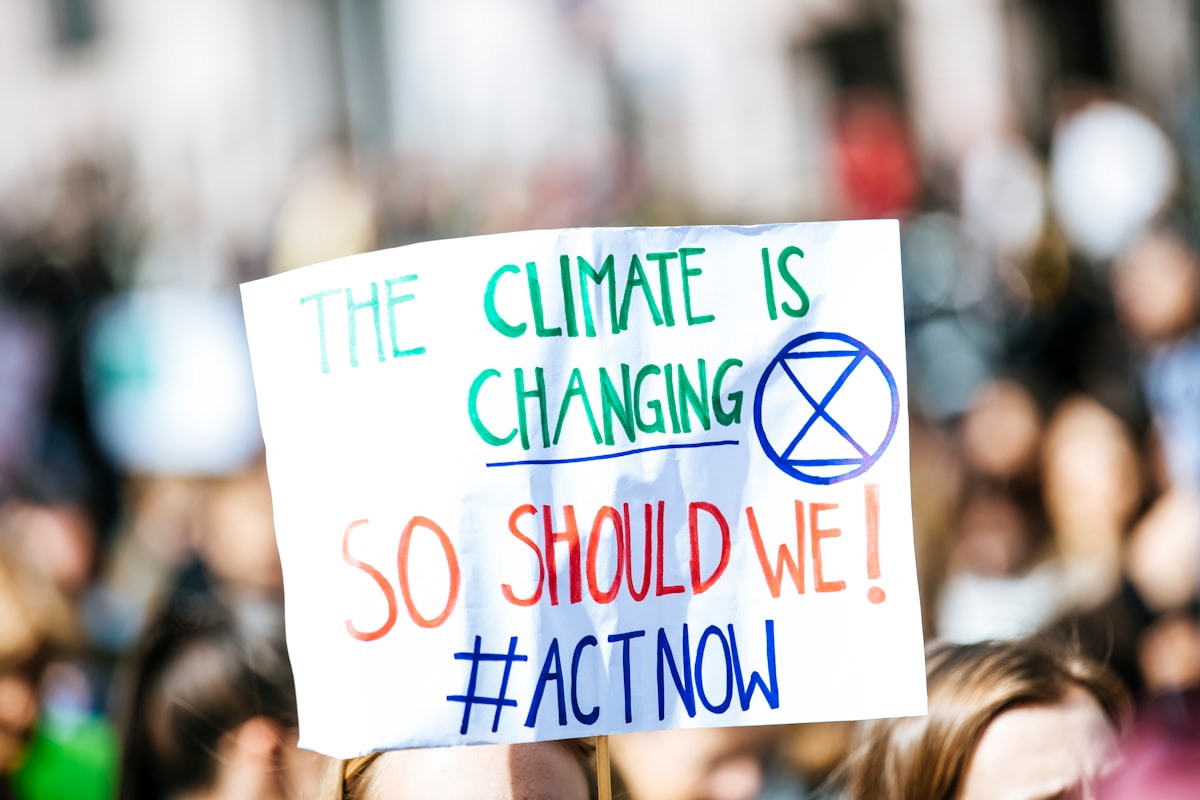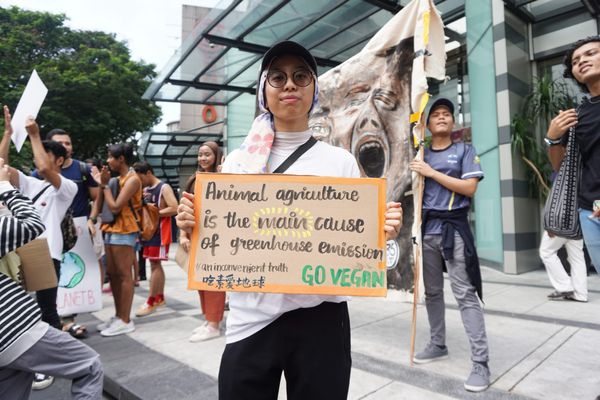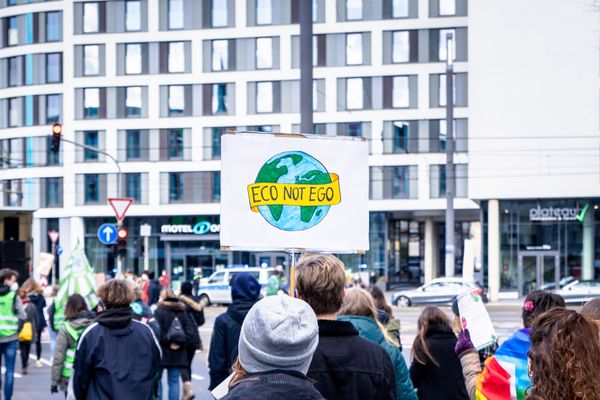Perhaps you joined a climate strike or even the recent Conference of Parties by the UNFCCC. You felt all the medley of emotions and now you feel dead inside. Burnt out. Numb.
Is there any hope for a liveable future at all?
Maybe. Maybe not.
But you know that deep, deep down, despite all the ugly feelings you feel inside, you do care very much about the environment and the livelihoods of all living beings on this planet Earth.
So what can you do after such active on-ground participation? Is it possible to still take climate action after such highs?
Well, I got you! The following are some ideas for you to continue taking climate action every day without having to carry placards or listen to the blah, blah, blahs of politicians.
1. Practice reducing waste
I know that waste is inevitable but that doesn’t mean we should blatantly discard as much waste as we wish to landfills. The more stuff we throw into the general bin, the more waste there will be in landfills which will leach out toxic materials into the rivers and oceans as well as release more carbon into the atmosphere.
Start by getting to know each and every item you consume and discard. Can you reuse or repurpose that item? Can you buy skin care products in a reusable container? Can you compost the fruit peels and vegetable scraps?
I challenge you to think where each item will go after its lifetime and not throw anything into the general bin.
2. Eliminate meat from your diet
Researchers from Oxford University said that “meat and dairy produces 60% of agriculture’s greenhouse gas emissions and takes up 83% of farmland, but delivers just 18% of calories and 37% of protein”.
In short, eating meat is not sustainable.
Solution?
Eliminate meat in your diet.
If, for cultural and/or nostalgic reasons that you can’t eliminate meat straight away, reduce it gradually. Give yourself a cut-off date though because otherwise, you won’t actually eliminate it.
And as with waste, if more and more people do it, it would actually be very impactful.
Eating a plant-based diet not only reduces carbon emissions but also prevents the unnecessary slaughter of billions of animals and it’s good for your general health.

3. Plant trees in your neighbourhood
As we all know, carbon dioxide (CO2) from fossil fuels is heating up the planet. The solution is simple enough: remove the excess CO2.
How?
Well people might have suggested this and that technology, but we forget that nature has provided the technology.
George Monbiot puts it quite bluntly:
“There is a magic machine that sucks carbon out of the air, costs very little, and builds itself. It’s called a tree.”
Mind. Blown.
Humanity has carelessly cut down acres of forests for industrialisation and factory farming. It’s like removing someone’s lungs.
Thankfully, trees can grow back, unlike our lungs.
However, planting trees won’t solve climate change immediately and will take many years for trees to grow and effectively capture carbon. The rational thing to do is to not cut down any more trees or clear lands. Easier said than done, yes.
But for our own peace of mind and simply for the beautification of our living spaces, it’s worth planting trees — or better yet, food — in our neighbourhoods. You can also toy with idea of planting seed bombs but make sure the plant is native to the land.
You could also consider subscribing to Generation Now where you can give monthly funds for their restoration efforts or donate a tree to the Trillion Tree Campaign so they can plant trees for you!

4. Join local youth groups
Collective action is powerful. And it doesn’t stop at climate strikes or conferences. Whatever your interest in climate change, find a community that shares similar values and work with them on their current projects. This is of course if you have the mental and physical capacity to be involved.
But if you want to start something different like my friend did with Youths United For Earth (YUFE), go ahead and get your trusted buddies along for the ride!
5. Divest from fossil fuel companies
Divesting from fossil fuels is a way to demand institutions to move their money out of oil, coal and gas companies. Said institutions may include universities, religious institutions, pension funds and charitable foundations. If you have money in any of those institutions that invest in fossil fuels, you can either demand them to divest or pull out your own money from such institutions. You can then support institutions that invest in green technology or other climate change solutions.
6. Write to corporations and governments
If you have some time to spare, you can write a good ol’ letter (or email) to your government to express your concern about the climate crisis and their inefficiency in implementing the Nationally Determined Contributions (NDCs). You don’t have to be super into climate policies. Just pick an environmental disaster you’re seeing and write to them. You can also write to corporations who may culprits to various kinds of pollution. As long as you send it to the right address or publication, someone will read it.

7. Skill up and continue learning
This is something each of us can always do in our own time. It’s so important to leverage your existing skills to help combat climate change and environmental destruction. Whether it’s medical expertise, engineering, designing, writing, sewing, teaching or cooking, take some time to improve your skills and find ways to implement them for the benefit of the climate no matter how small.
Remember that if we fail to keep global temperatures below 1.5C, the climate crisis will affect us all one way or another. It will become your personal problem as well. Yes, continue doing what you’re passionate about, but also think bigger in the context of climate change. There’s definitely a place for everyone in this movement.







